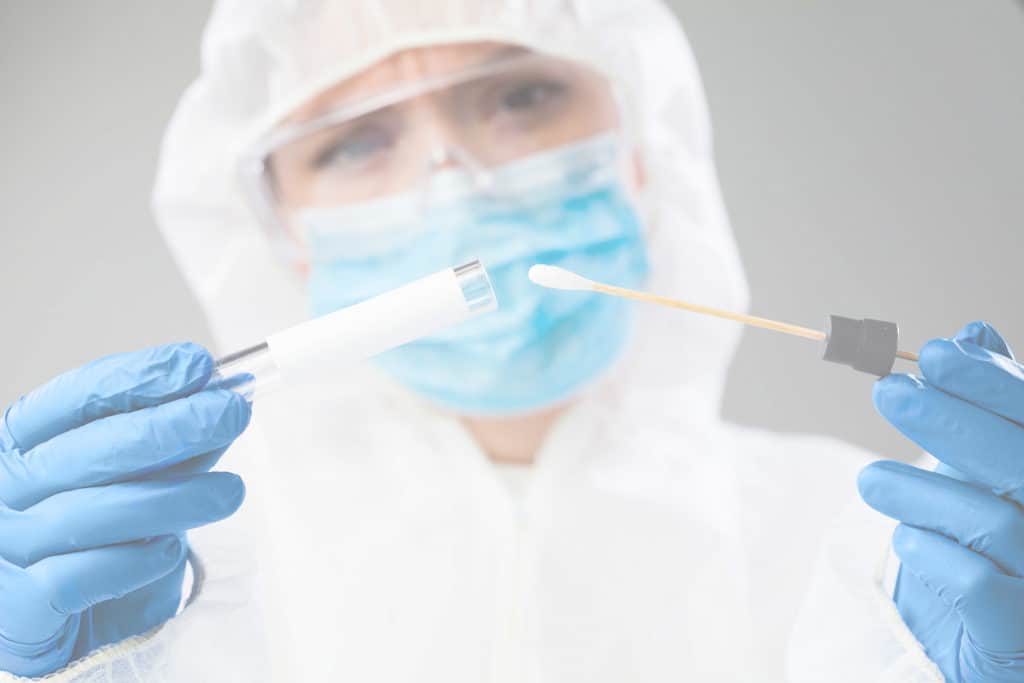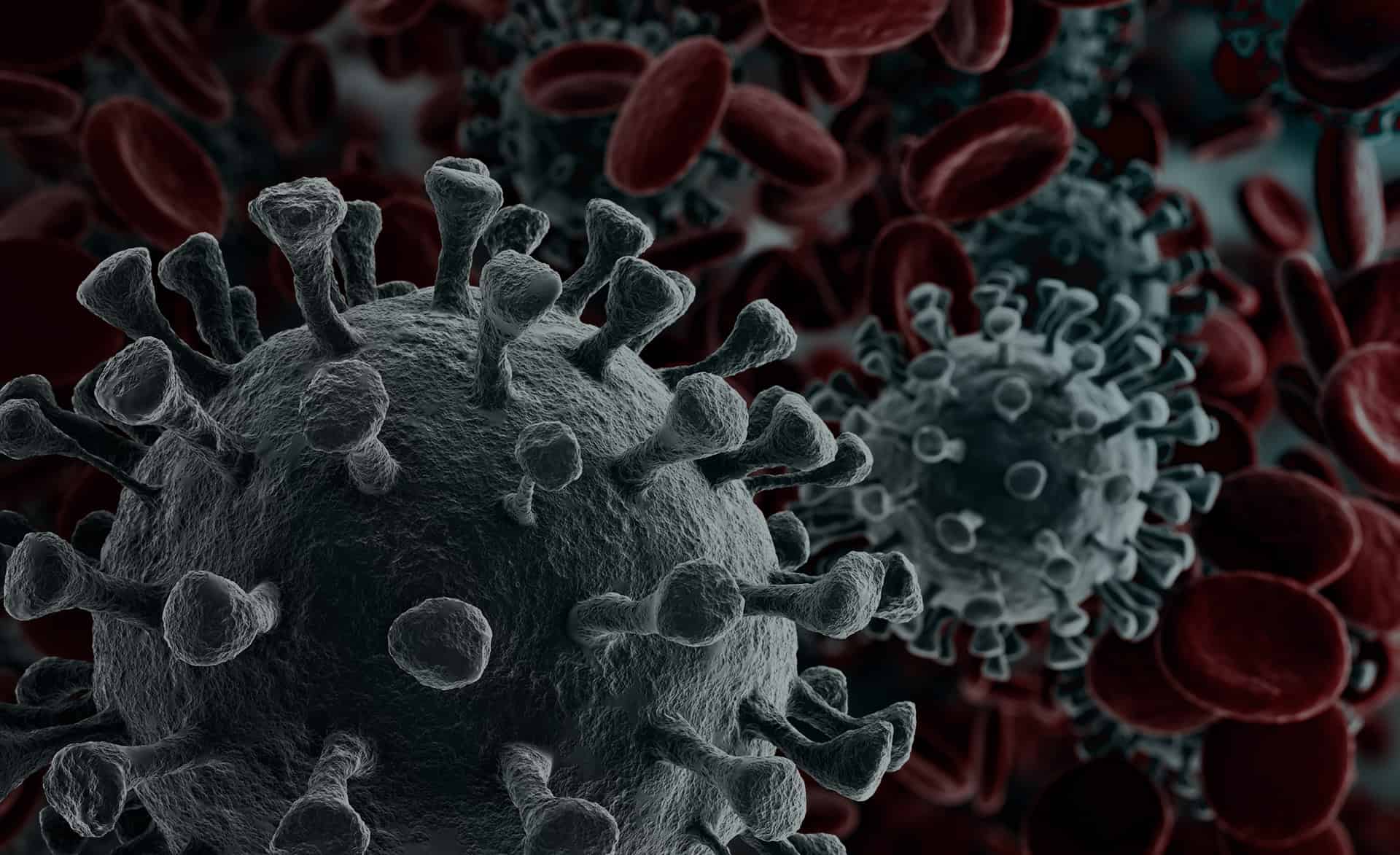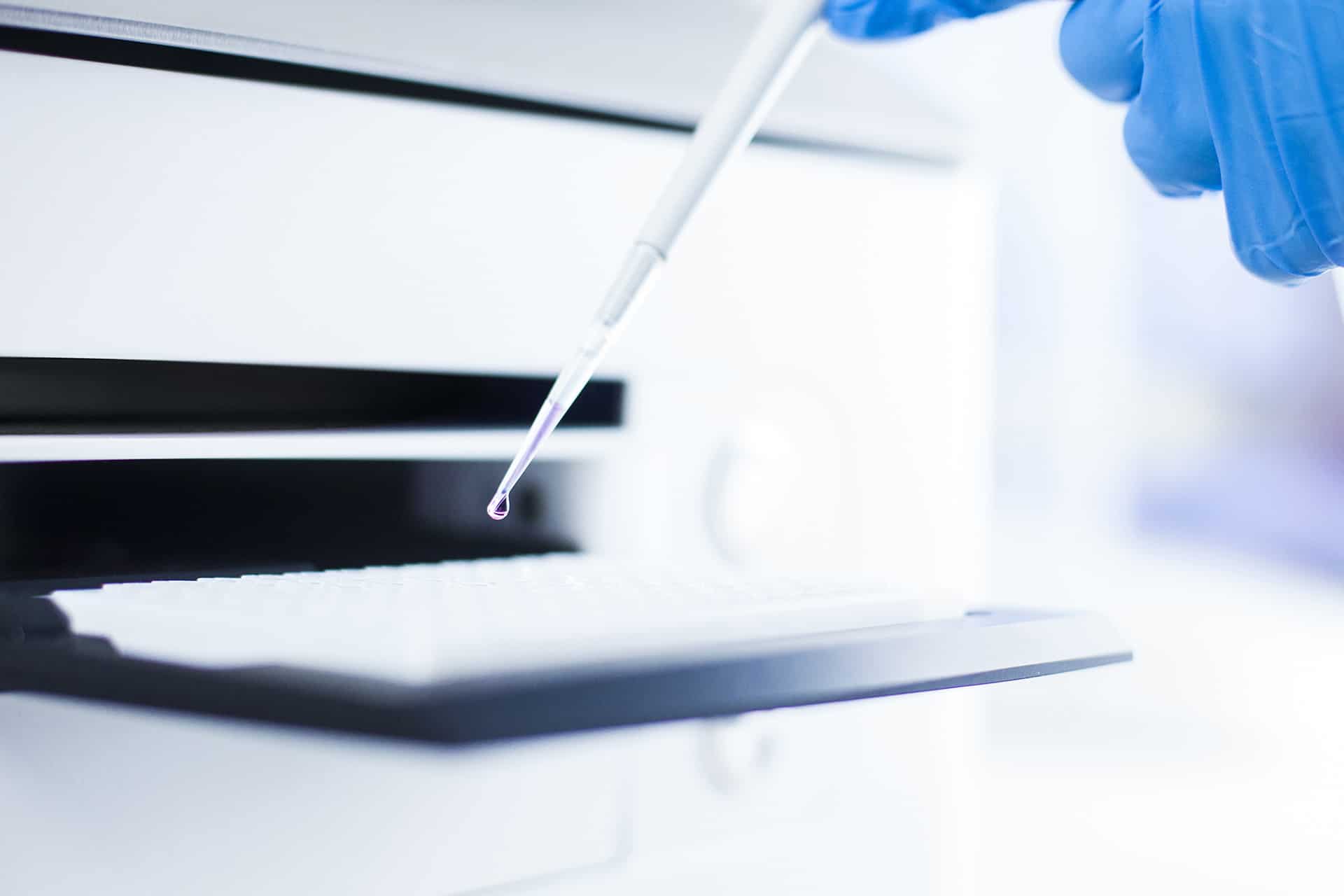- PRODUCTS
-
UP.SIGHT™ 2nd GenNEW
Optimized For Proof Of Monoclonality, Colony Tracking, Confluency, & Titer Measurement -
F.SIGHT™ 2.0
Optimized For Rapid Dispensing of Fluorescent Cells -
C.SIGHT™ 2.0
Optimized for Powerful Dispensing of Unlabeled Cells -
B.SIGHT™
Optimized For Rapid Microbial Single-Cell Isolation and Cultivation -
F.SIGHT™ OMICS
Optimized For Single-Cell-Omics -
F.SIGHT™
Optimized For Affordability And Flexibility -
C.SIGHT™
Optimized for Affordable Cell Line Development -
Compare Products
Decide which one is right for you - Help Me Choose
-
UP.SIGHT™ 2nd GenNEW
- APPLICATIONS
- RESOURCES HUB
- COMPANY
- SHOP
Enabled by low volume non-contact dispensing
A group from the Karolinska Institute in Stockholm (SE) performed a genomic sequencing study of the coronavirus, was conducted using a method called CUTseq (Zhang X. et al. 2019), which is a versatile technique for preparing multiplex DNA sequencing libraries from low-input samples. The research found that CUTseq can be easily applied for ongoing pandemic genomic surveillance and adapted to other pathogens such as influenza viruses. Additionally, a cost analysis showed that COVseq, based on CUTseq, could be used to sequence thousands of samples per week at less than $10 USD per sample, including library preparation and sequencing costs.
In this blog post, we describe briefly how the Karolinska Institute research group of Nicola Crosetto, PhD and MD, utilized Immediate Drop-on-demand Technology (I.DOT) to automate and optimize the COVseq workflow with high precision, speed and significant reduction of liquid reagent volumes.
A group from the Karolinska Institute in Stockholm (SE) performed a genomic sequencing study of the coronavirus, was conducted using a method called CUTseq (Zhang X. et al. 2019), which is a versatile technique for preparing multiplex DNA sequencing libraries from low-input samples. The research found that CUTseq can be easily applied for ongoing pandemic genomic surveillance and adapted to other pathogens such as influenza viruses. Additionally, a cost analysis showed that COVseq, based on CUTseq, could be used to sequence thousands of samples per week at less than $10 USD per sample, including library preparation and sequencing costs.
In this blog post, we describe briefly how the Karolinska Institute research group of Nicola Crosetto, PhD and MD, utilized Immediate Drop-on-demand Technology (I.DOT) to automate and optimize the COVseq workflow with high precision, speed and significant reduction of liquid reagent volumes.
Enabled by low volume non-contact dispensing
A group from the Karolinska Institute in Stockholm (SE) performed a genomic sequencing study of the coronavirus, was conducted using a method called CUTseq (Zhang X. et al. 2019), which is a versatile technique for preparing multiplex DNA sequencing libraries from low-input samples. The research found that CUTseq can be easily applied for ongoing pandemic genomic surveillance and adapted to other pathogens such as influenza viruses. Additionally, a cost analysis showed that COVseq, based on CUTseq, could be used to sequence thousands of samples per week at less than $10 USD per sample, including library preparation and sequencing costs.
In this blog post, we describe briefly how the Karolinska Institute research group of Nicola Crosetto, PhD and MD, utilized Immediate Drop-on-demand Technology (I.DOT) to automate and optimize the COVseq workflow with high precision, speed and significant reduction of liquid reagent volumes.
A group from the Karolinska Institute in Stockholm (SE) performed a genomic sequencing study of the coronavirus, was conducted using a method called CUTseq (Zhang X. et al. 2019), which is a versatile technique for preparing multiplex DNA sequencing libraries from low-input samples. The research found that CUTseq can be easily applied for ongoing pandemic genomic surveillance and adapted to other pathogens such as influenza viruses. Additionally, a cost analysis showed that COVseq, based on CUTseq, could be used to sequence thousands of samples per week at less than $10 USD per sample, including library preparation and sequencing costs.
In this blog post, we describe briefly how the Karolinska Institute research group of Nicola Crosetto, PhD and MD, utilized Immediate Drop-on-demand Technology (I.DOT) to automate and optimize the COVseq workflow with high precision, speed and significant reduction of liquid reagent volumes.
HOW TO CONDUCT A COST-EFFECTIVE & HIGH-THROUGHPUT WORKFLOW FOR MASS-SCALE SARS-COV-2 GENOMIC SURVEILLANCE?
Since the identification of SARS-CoV-2, thousands of virus genomes have been sequenced worldwide, and the sequences have been made publicly available. This scientific movement has enabled a phylogenetic reconstruction of viral spreading and evolution in different countries and continents, allowing the rapid identification of genomic variations of potential epidemiological concern.
SARS-CoV-2 whole genome sequencing (WGS) is increasingly being applied in epidemiological surveillance to track infections in hospitals and other communities, in order to inform public health decisions. In genomic surveillance, the availability of rapid and cost-effective methods for sequencing hundreds or even thousands of samples per week would be tremendously advantageous.
Therefore, in the research conducted by the team of Nicola Crosetto (Simonetti, 2021), they used a versatile method for preparing multiplex DNA sequencing libraries from low-input samples, called CUTseq (Zhang, 2019).
Their COVseq protocol, based on CUTseq, enabled the construction of highly multiplexed sequencing libraries starting with small volumes of purified RNA samples that, thanks to the I.DOT non-contact liquid handler, drastically reduced reagent volumes and therefore the cost per sample.
To get further details on the procedures, materials and methods involved in this study, read the full article here.
References:
- Zhang X, Garnerone S, Simonetti M, et al. CUTseq is a versatile method for preparing multiplexed DNA sequencing libraries from low-input samples. Nature Communications. 2019; 10(1): 4732. DOI:10.1038/s41467-019-12570-2
- Simonetti M, Zhang N, Harbers L, et al. (2021) COVseq is a cost-effective workflow for mass-scale SARS-CoV-2 genomic surveillance. Nature Portfolio. In review. DOI:10.21203/rs.3.rs-147464/v1.
HOW WAS THIS POSSIBLE?
These experiments have been made possible thanks to the use of the I.DOT non-contact liquid handler, a highly versatile benchtop instrument that requires minimal maintenance and training.
Learn more about the I.DOT and all of other innovative technologies for next-generation sequencing (NGS).
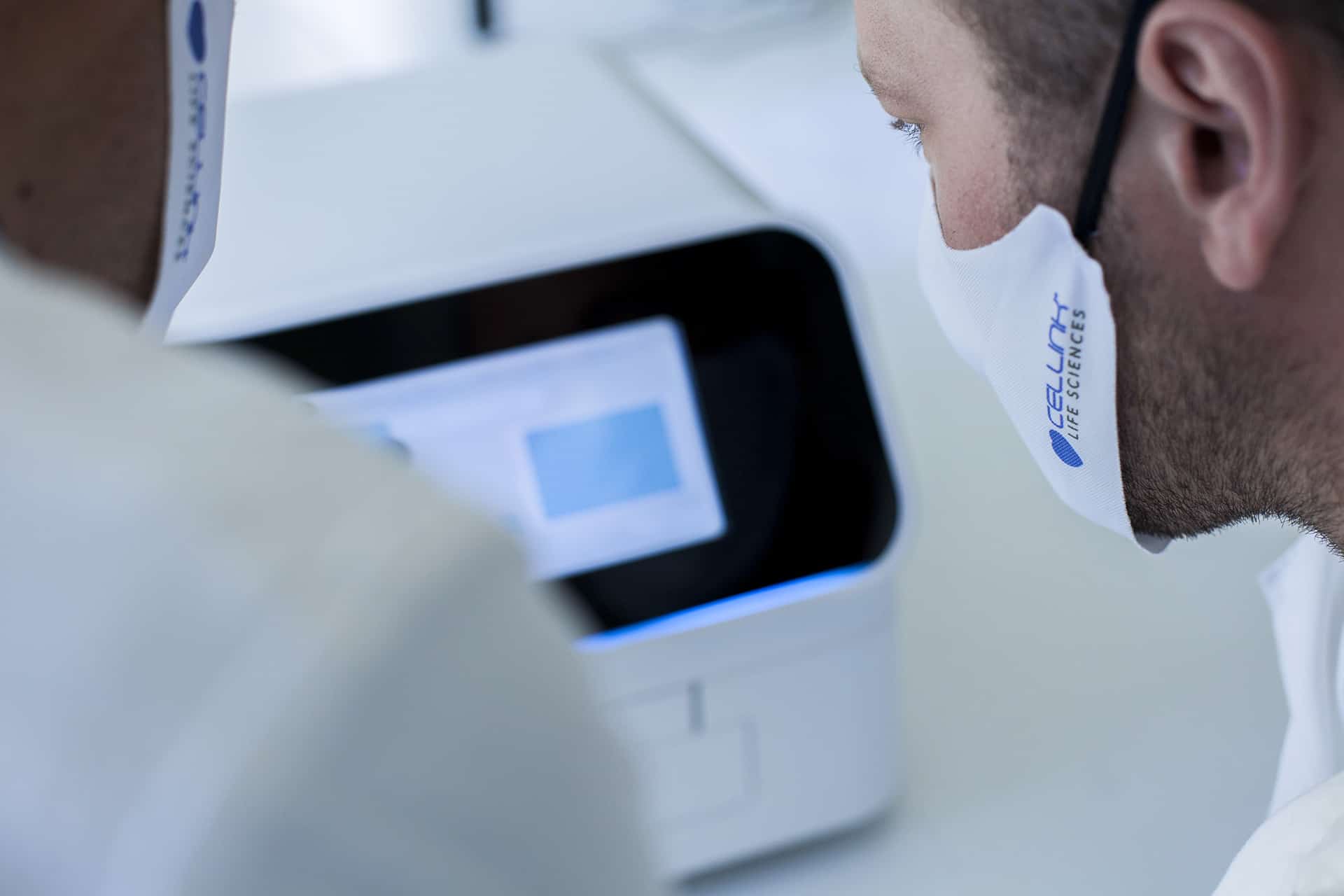
Explore the I.DOT features
DESIGNED FOR YOUR SUCCESS
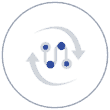
Multiple liquid classes
Dispenses multiple liquid classes on demand, including aqueous solutions, PCR buffer, DMSO (up to 100%) and glycerol (up to 50%)—and defines liquid class at the well level.
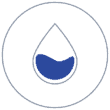
Noncontact
Droplets are dispensed into the target plate below the source plate which eliminates carryover and cross-contamination.
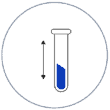
Speed
Dispenses 10 nanoliters across a 96-well plate in 10 seconds and across a 384-well plate in 20 seconds.
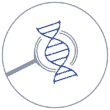
Low dead volume
Further optimizes your workflow enabling assay miniaturization.
EXPLORE FURTHER HOW YOU CAN BRING OPTIMIZE AUTOMATION, PRECISION AND SPEED TO YOUR LAB
We have years of experience in guiding labs how to optimize one’s unique workflow.
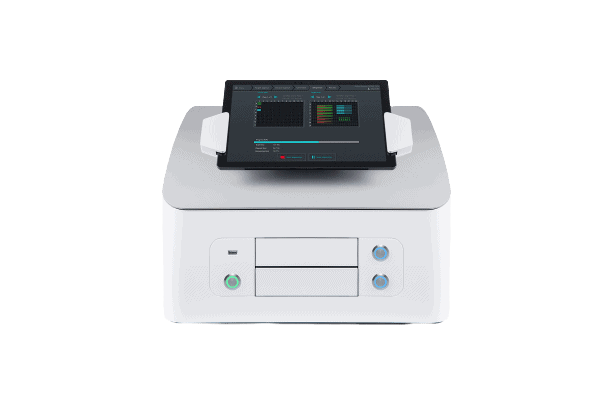
FEATURED WORKFLOW

Viral RNA extraction from nasal swabs
I.DOT
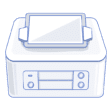
Reverse transcription & multiplex PCR
I.DOT

Barcoding and normalization
C.WASH™
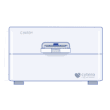
DNA purification
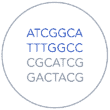
Sequencing and data analysis
HOW TO CONDUCT A COST-EFFECTIVE & HIGH-THROUGHPUT WORKFLOW FOR MASS-SCALE SARS-COV-2 GENOMIC SURVEILLANCE?
Since the identification of SARS-CoV-2, thousands of virus genomes have been sequenced worldwide, and the sequences have been made publicly available. This scientific movement has enabled a phylogenetic reconstruction of viral spreading and evolution in different countries and continents, allowing the rapid identification of genomic variations of potential epidemiological concern.
SARS-CoV-2 whole genome sequencing (WGS) is increasingly being applied in epidemiological surveillance to track infections in hospitals and other communities, in order to inform public health decisions. In genomic surveillance, the availability of rapid and cost-effective methods for sequencing hundreds or even thousands of samples per week would be tremendously advantageous.
Therefore, in the research conducted by the team of Nicola Crosetto (Simonetti, 2021), they used a versatile method for preparing multiplex DNA sequencing libraries from low-input samples, called CUTseq (Zhang, 2019).
Their COVseq protocol, based on CUTseq, enabled the construction of highly multiplexed sequencing libraries starting with small volumes of purified RNA samples that, thanks to the I.DOT non-contact liquid handler, drastically reduced reagent volumes and therefore the cost per sample.
To get further details on the procedures, materials and methods involved in this study, read the full article here.
References:
- Zhang X, Garnerone S, Simonetti M, et al. CUTseq is a versatile method for preparing multiplexed DNA sequencing libraries from low-input samples. Nature Communications. 2019; 10(1): 4732. DOI:10.1038/s41467-019-12570-2
- Simonetti M, Zhang N, Harbers L, et al. (2021) COVseq is a cost-effective workflow for mass-scale SARS-CoV-2 genomic surveillance. Nature Portfolio. In review. DOI:10.21203/rs.3.rs-147464/v1.
HOW WAS THIS POSSIBLE?
These experiments have been made possible thanks to the use of the I.DOT non-contact liquid handler, a highly versatile benchtop instrument that requires minimal maintenance and training.
Learn more about the I.DOT and all of other innovative technologies for next-generation sequencing (NGS).
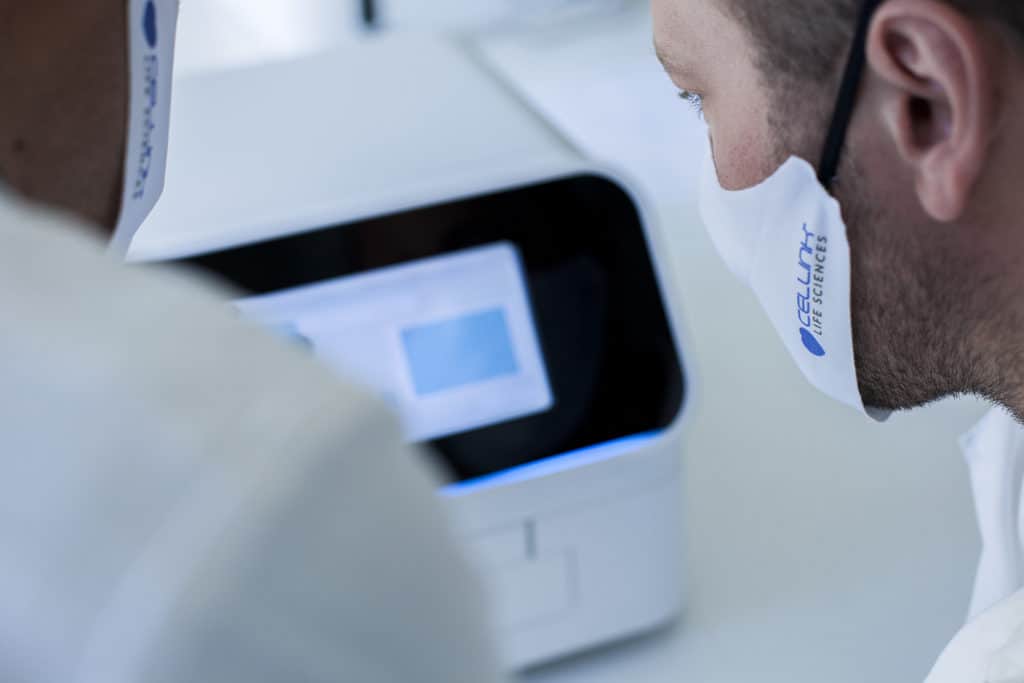
Explore the I.DOT features
DESIGNED FOR YOUR SUCCESS

Multiple liquid classes
Dispenses multiple liquid classes on demand, including aqueous solutions, PCR buffer, DMSO (up to 100%) and glycerol (up to 50%)—and defines liquid class at the well level.

Noncontact
Droplets are dispensed into the target plate below the source plate which eliminates carryover and cross-contamination.

Speed
Dispenses 10 nanoliters across a 96-well plate in 10 seconds and across a 384-well plate in 20 seconds.

Low dead volume
Further optimizes your workflow enabling assay miniaturization.
EXPLORE FURTHER HOW YOU CAN BRING OPTIMIZE AUTOMATION, PRECISION AND SPEED TO YOUR LAB
We have years of experience in guiding labs how to optimize one’s unique workflow.

FEATURED WORKFLOW

Viral RNA extraction from nasal swabs
I.DOT

Reverse transcription & multiplex PCR
I.DOT

Barcoding and normalization
C.WASH™

DNA purification




